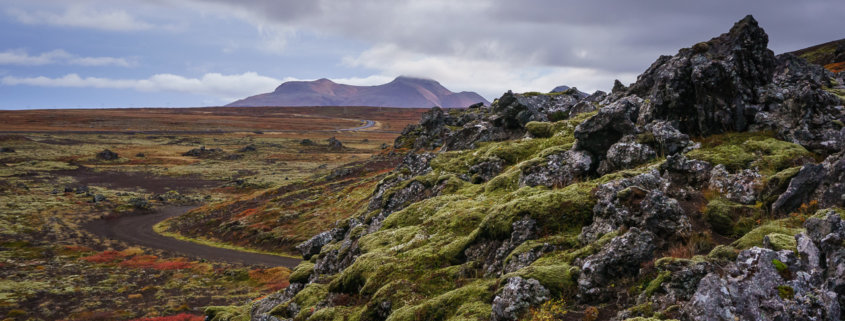4 Post-Processing Mistakes Made by Beginners
Everyone goes through stages in photography. We start making snap shots, move up to making more thoughtful images, and then we start thinking about what to do with our photos after the image is made in camera. Here are a few of the most common post-processing mistakes made by beginners that you’ll want to avoid.
1. Not Processing Your Photos At All
Processing your photos is an essential part of image making. Often I hear people say “Oh, I don’t use Photoshop, I want my photos to be natural.” But there is really no correlation between photoshop and natural looking images. An image that has not been processed is simply not finished.
Back in the film days, most people took their photos to a lab where the negative and positive images were made. Those labs had technicians who made decisions about things like colour and contrast. Some of us made our own negatives and positives in our own darkrooms where our choices in chemicals, paper, and printing techniques changed the outcome of the final image. The difference is that today that job has become yours whether you are an amateur or professional photographer.
If you shoot in RAW format, the image you create contains all the data from the scene, but it is waiting for you to make choices that will determine the outcome. If you shoot in JPEG format, you are letting your camera make those decisions for you. Certainly shooting in JPEG format is better than shooting in RAW if you don’t intend to process your photos, but eventually you will get to a point where you want those decisions to be your own. You will have so much more creative control over the final image.
2. Removing Too Much Contrast
One of the most common post processing mistake made be beginner nature photographer is removing too much contrast by playing with the sliders. The sliders in image editing software packages are powerful! Two of the most popular sliders are highlights and shadows. I use them with virtually every photograph to balance out the exposure of a scene. It’s an excellent way to darken a sky and lighten a foreground in two quick steps.
Try not to take it too far! Contrast is a good thing. An image that has light areas and dark areas is more dramatic. They key is the word “balance”. The goal is not to make the image perfectly even, the goal is to make it balanced.

When highlights are taken all the way down and shadows brought all the way up, the photo can end up looking flat with no contrast.
3. Making ONLY Global Adjustments
It’s pretty straight forward to use the sliders presented to you to make changes to your image. However, remember that you are making changes to the entire frame and perhaps that isn’t the best approach. To have greater control over the adjustments you are making, try using the adjustment brush. The brush will give you access to all the same sliders, but instead of changing the entire frame, you just paint on the image where you want the adjustment to be made.
For example, you can saturated a colour in just a portion of the frame. Or add detail, sharpening, and clarity to your main subject, while leaving the sky nice and smooth.

Using the graduated tool to darken the sky and add clarity to the sky without affecting the rest of the image.
You have a few tools available to you to make selective adjustments to your photos. You can use the brush tool as described above. You can use the graduated tool, which will make the adjustment strong at one end and gradually fade on the other end (this is perfect for darkening and sky and having the effect fade out towards the middle of the frame). Or you can use the radial filter tool which will put the effect in the middle of the circle you draw and have it fade out towards the edges. This is perfect for drawing attention to a particular part of the frame.
4. Not Cropping
We all want to make our images as perfect as we possibly can in camera. But as much as we want that, it doesn’t always work out. Sometimes unwanted objects that we didn’t notice when we made the photo cause a distraction. Or perhaps our lens just didn’t get us as close to the subject as we would have liked.
Creating impact in the final image should always be the main goal, so don’t be afraid to crop. You can use the crop tool to remove distractions on the edge of the frame, straighten a horizon line, or perfect the composition.












